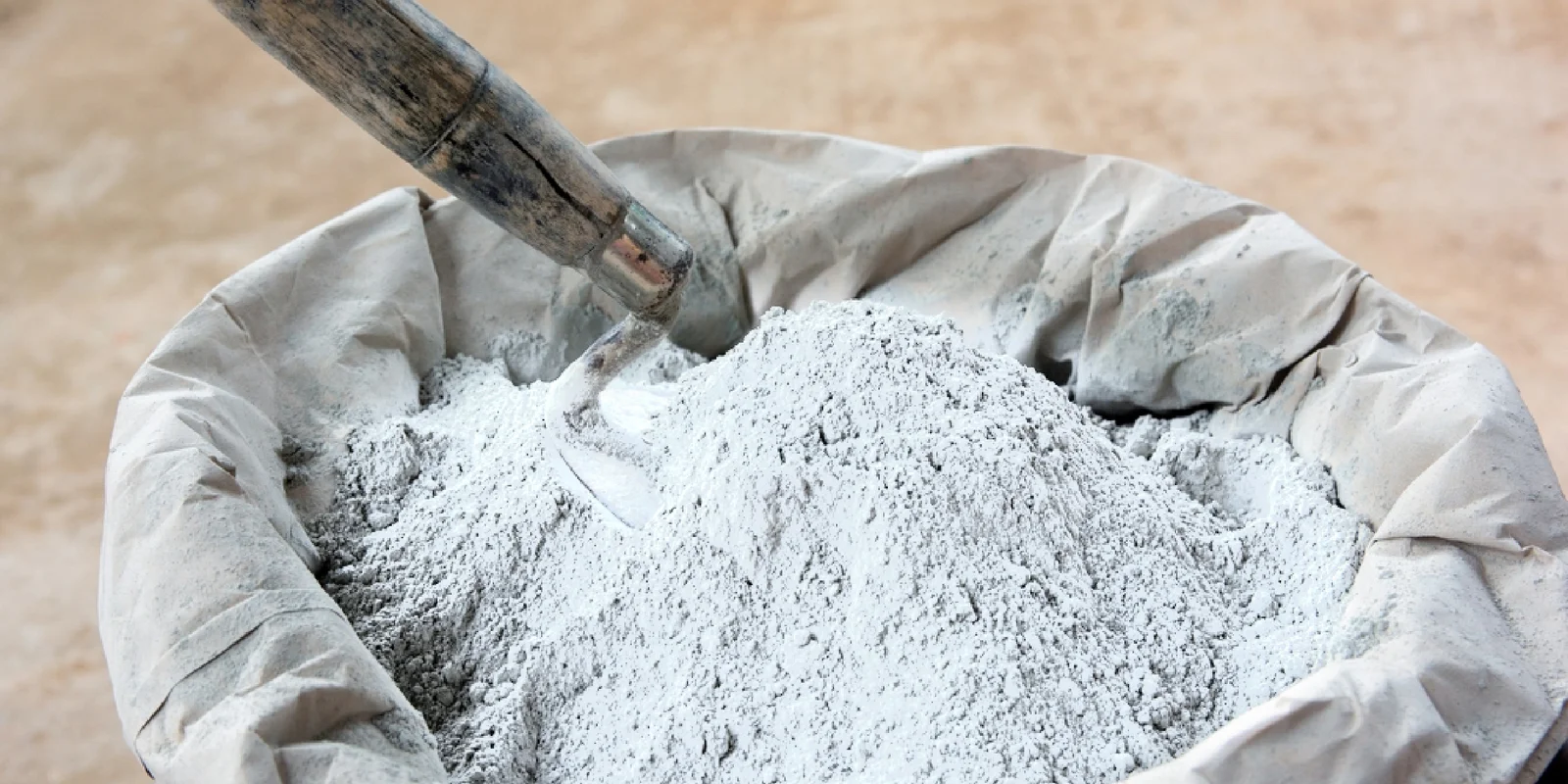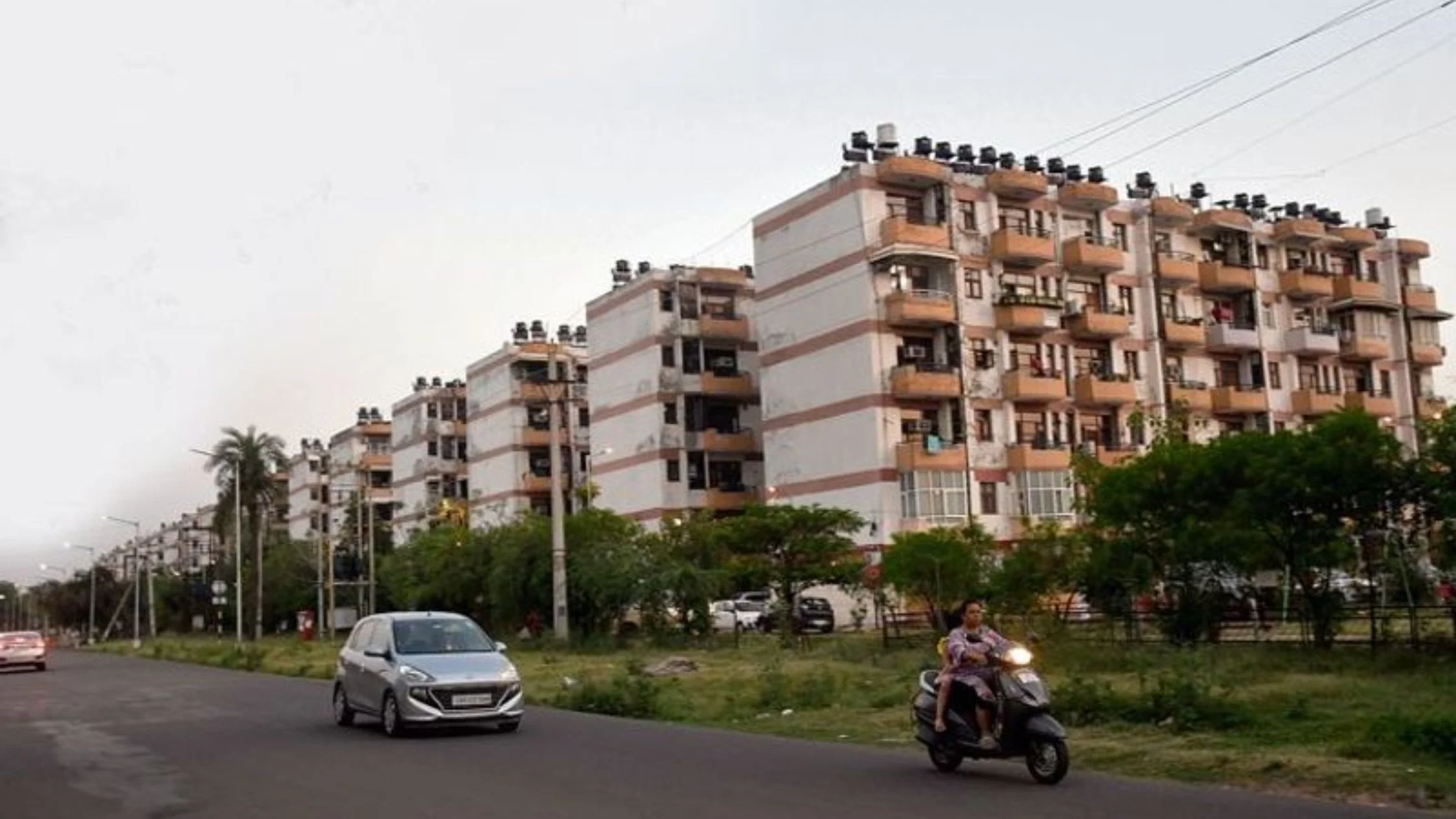Table of Content
- 1. Introduction to Earthquake-Prone Regions in India
- 2. Why Earthquake-Proofing is Important for Indian Homes
- 3. Affordable Earthquake-Proofing Techniques: An Overview
- 4. Retrofitting Techniques for Existing Homes
- Types of Retrofitting Techniques:
- 5. Structural Upgrades for New Constructions
- 6. Materials for Earthquake-Resistant Homes
- 7. Government Initiatives and Regulations for Earthquake Safety
- 8. Common Earthquake-Resistant Design Principles
- 9. Steps for Homeowners in Earthquake-Prone Areas
- Conclusion
Earthquakes are one of the most devastating natural disasters, and India, due to its geographical location, is particularly prone to seismic activity. However, protecting homes and ensuring the safety of families during an earthquake is possible through affordable earthquake-proofing techniques. Many Indian homeowners are unaware of these preventive measures, which are crucial for minimizing the impact of earthquakes.
This guide will explore basic structural upgrades, retrofitting techniques, and preparation methods for earthquake-prone regions of India. The goal is to provide affordable yet effective solutions for Indian homeowners to safeguard their homes against seismic risks.
1. Introduction to Earthquake-Prone Regions in India
India is divided into different seismic zones based on the risk of earthquakes. These zones are:
- Zone V: Very high seismic risk (e.g., parts of the Himalayas, Northeast India)
- Zone IV: High seismic risk (e.g., parts of Jammu & Kashmir, Delhi, Gujarat)
- Zone III: Moderate seismic risk (e.g., parts of Maharashtra, Karnataka, West Bengal)
- Zone II: Low seismic risk (e.g., parts of Rajasthan, Tamil Nadu)
Understanding which zone your home is located in is the first step in assessing the need for earthquake-proofing.
| Seismic Zone | Earthquake Risk Level | Examples of Regions |
|---|---|---|
| Zone V | Very High | Northeast India, Kashmir, parts of Himachal Pradesh |
| Zone IV | High | Delhi, Gujarat, Northern Bihar |
| Zone III | Moderate | Kerala, West Bengal, parts of Rajasthan |
| Zone II | Low | Tamil Nadu, Southern Karnataka, Eastern Rajasthan |
2. Why Earthquake-Proofing is Important for Indian Homes
Earthquakes can cause massive destruction, particularly to homes that are not built to withstand seismic forces. Indian homes, especially in rural areas and older constructions, often lack basic earthquake-resistant features. Earthquake-proofing your home is crucial because:
- It prevents structural damage.
- It protects lives during an earthquake.
- It can reduce repair costs after an earthquake.
- It improves the resale value of your property by making it safer.
3. Affordable Earthquake-Proofing Techniques: An Overview
There are several low-cost, effective techniques for earthquake-proofing homes in India. These include:
- Reinforcing walls and foundations: Strengthening existing structures to prevent collapse.
- Installing base isolators: Devices that absorb seismic shocks and prevent damage to the structure.
- Retrofitting: Upgrading an older home to make it earthquake-resistant.
- Bracing and anchoring: Adding additional support to weak points in the home, such as walls and roofs.
- Using lightweight materials: Reducing the weight of the home to minimize the damage caused by seismic forces.
4. Retrofitting Techniques for Existing Homes
Retrofitting is the process of modifying an existing building to make it more resistant to seismic activity. It is a cost-effective option for homeowners who want to improve the safety of their homes without rebuilding.
Types of Retrofitting Techniques:
- Wall Bracing: Adding diagonal braces to walls helps absorb seismic energy and prevent collapse.
- Foundation Reinforcement: Strengthening the foundation with concrete or steel beams ensures the building remains stable during an earthquake.
- Seismic Bands: Horizontal bands made of reinforced concrete or steel that are added to walls to provide additional strength.
- Shear Walls: These walls are designed to handle lateral forces caused by earthquakes and can be installed in critical areas of the home.
- Jacketing of Columns: Adding steel or concrete jackets to existing columns increases their strength and helps them withstand seismic forces.
| Retrofitting Technique | Purpose | Cost Estimate |
|---|---|---|
| Wall Bracing | Prevents wall collapse | ₹20,000 - ₹50,000 |
| Foundation Reinforcement | Strengthens foundation | ₹50,000 - ₹1,00,000 |
| Seismic Bands | Provides additional structural strength | ₹10,000 - ₹30,000 |
| Shear Walls | Handles lateral forces | ₹30,000 - ₹70,000 |
| Jacketing of Columns | Strengthens columns | ₹40,000 - ₹80,000 |
5. Structural Upgrades for New Constructions
Building earthquake-resistant homes from scratch is more cost-effective than retrofitting older structures. If you're constructing a new home in an earthquake-prone area, here are key structural upgrades to consider:
- Flexible Foundations: Installing a foundation that can absorb seismic forces without cracking.
- Reinforced Concrete Frames: Using steel-reinforced concrete ensures that the building can withstand both vertical and lateral forces.
- Cross Bracing: Diagonal braces in the walls distribute the seismic forces and reduce damage.
- Base Isolation: Base isolators allow the building to move slightly during an earthquake, reducing the impact on the structure.
- Lightweight Roofing Materials: Use lightweight roofing materials like metal or wood to reduce the load on the building during an earthquake.
Also Read: 10 common ‘myths’ about electronic locks, busted
6. Materials for Earthquake-Resistant Homes
Using the right materials is crucial for earthquake-resistant construction. Some of the best materials include:
- Reinforced Concrete: Strong and flexible enough to absorb seismic shocks.
- Steel: Used for reinforcing structures and absorbing seismic energy.
- Timber: Lightweight and flexible, timber structures perform well in earthquakes.
- Bamboo: A traditional material that is flexible and can be used for lightweight structures.
- EPS Panels: Expanded Polystyrene (EPS) panels are lightweight, insulating, and offer seismic resistance.
7. Government Initiatives and Regulations for Earthquake Safety
The Indian government has implemented several initiatives to promote earthquake-resistant construction:
- National Building Code of India (NBC): Specifies the guidelines for earthquake-resistant buildings in seismic zones.
- Bureau of Indian Standards (BIS): Issues standards for construction materials and design, ensuring buildings can withstand seismic forces.
- Government Subsidies: Some states offer subsidies or incentives for homeowners who retrofit their homes for earthquake safety.
8. Common Earthquake-Resistant Design Principles
Some of the fundamental design principles for building earthquake-resistant homes include:
- Symmetry: Buildings with symmetrical designs are less likely to experience uneven forces during an earthquake.
- Short Buildings: Taller buildings are more vulnerable to damage; shorter, more compact structures are safer.
- Lightweight Structures: Reducing the overall weight of the building minimizes the risk of collapse.
- Vertical and Horizontal Ties: Reinforcing connections between the walls, floors, and roof helps the building withstand seismic forces.
9. Steps for Homeowners in Earthquake-Prone Areas
If you live in a region prone to earthquakes, here are some practical steps you can take:
- Evaluate Your Home: Hire a structural engineer to assess your home's vulnerability to earthquakes.
- Install Reinforcements: Strengthen weak points like walls, roofs, and foundations.
- Secure Heavy Furniture: Use brackets and fasteners to secure heavy items like bookshelves, cabinets, and appliances.
- Create an Emergency Plan: Prepare an earthquake emergency plan and make sure all family members know what to do during an earthquake.
- Get Earthquake Insurance: Consider purchasing earthquake insurance to cover repair costs in case of damage.
Conclusion
Earthquake-proofing your home is a critical investment, especially if you live in a region prone to seismic activity. By using affordable retrofitting techniques, structural upgrades, and the right materials, Indian homeowners can significantly reduce the risk of earthquake damage. Whether you’re building a new home or upgrading an existing one, these practical solutions can ensure the safety of your property and loved ones.
By following the steps outlined in this guide, you can take a proactive approach to earthquake safety and protect your home from the devastating effects of seismic activity.
Also Read: Modifications to the Home to Reduce Noise Pollution






_1765522271.webp)

_1765444636.webp)

Ans 1. Earthquake-proofing refers to techniques and upgrades that strengthen a building to withstand seismic forces, reducing the risk of damage during an earthquake.
Ans 2. India has several seismic zones, and homes in these regions are at risk of damage during earthquakes. Earthquake-proofing helps protect structures and lives.
Ans 3. Some affordable techniques include wall bracing, foundation reinforcement, adding seismic bands, and installing base isolators.
Ans 4. Materials like reinforced concrete, steel, timber, bamboo, and EPS panels are suitable for earthquake-resistant construction.
Ans 5. Yes, existing homes can be retrofitted with various techniques such as wall bracing, foundation reinforcement, and shear walls.